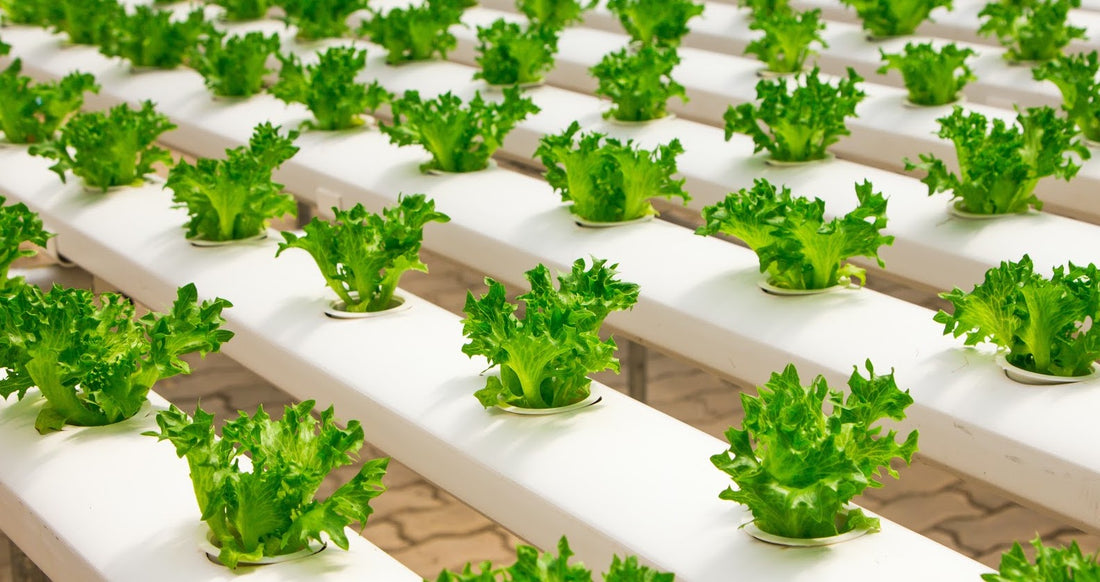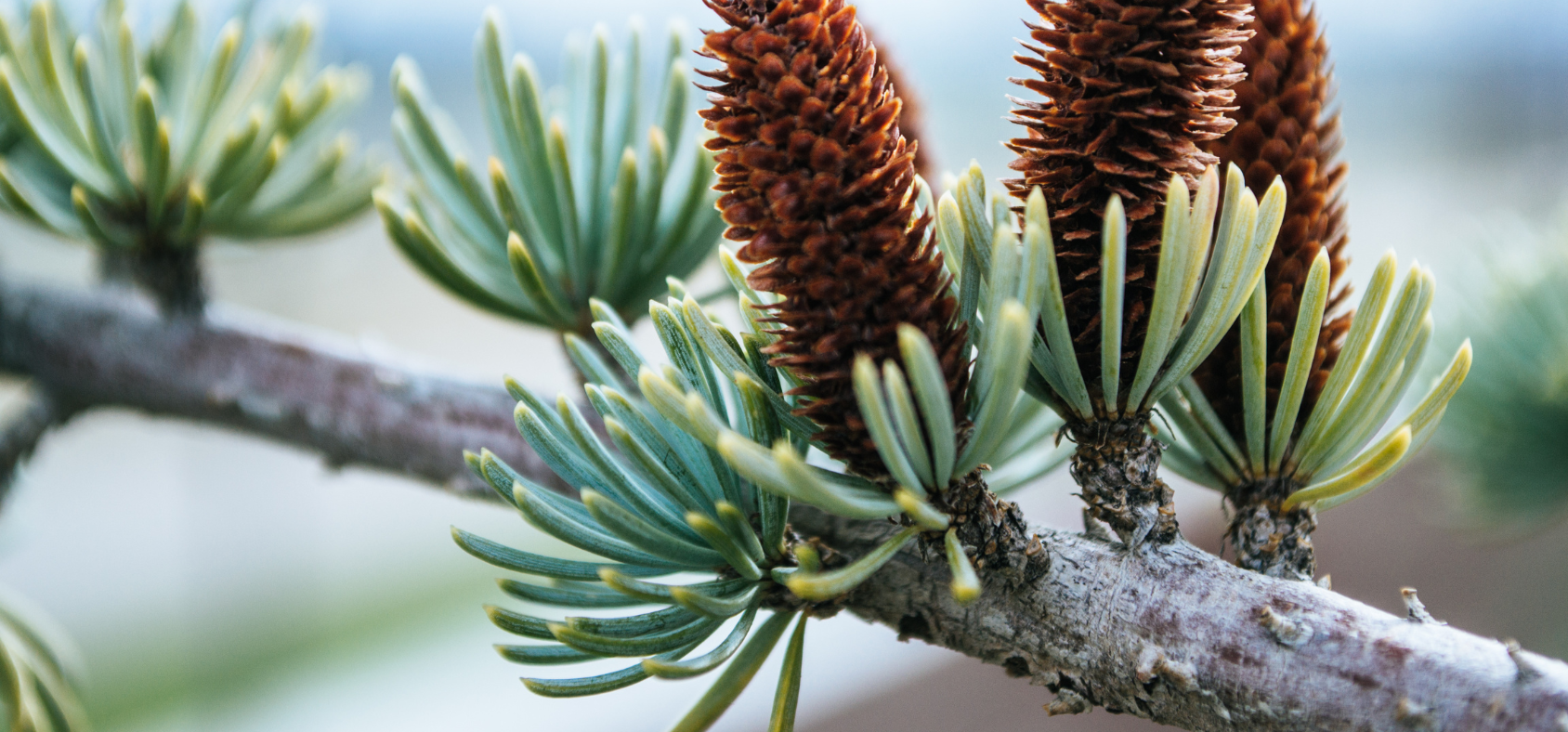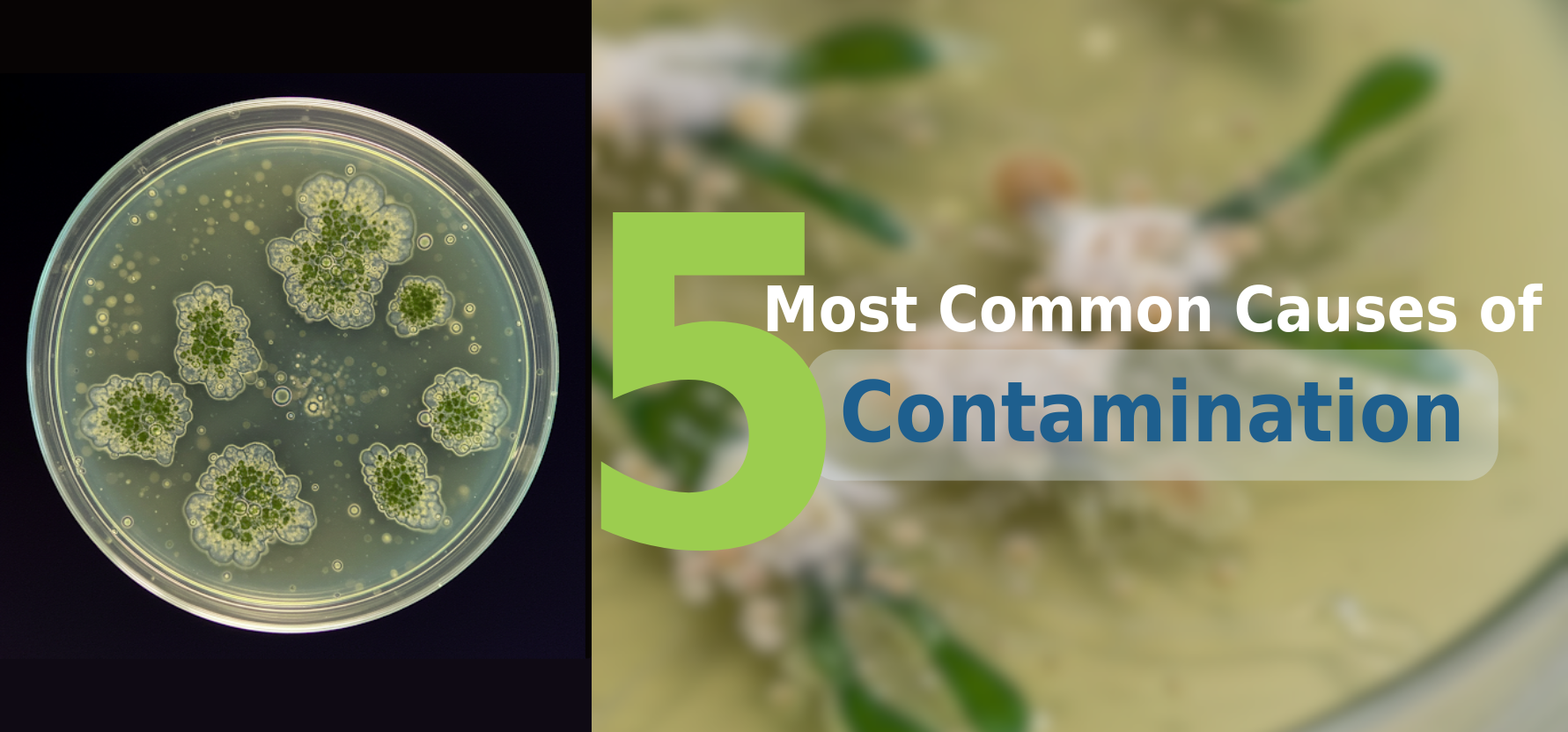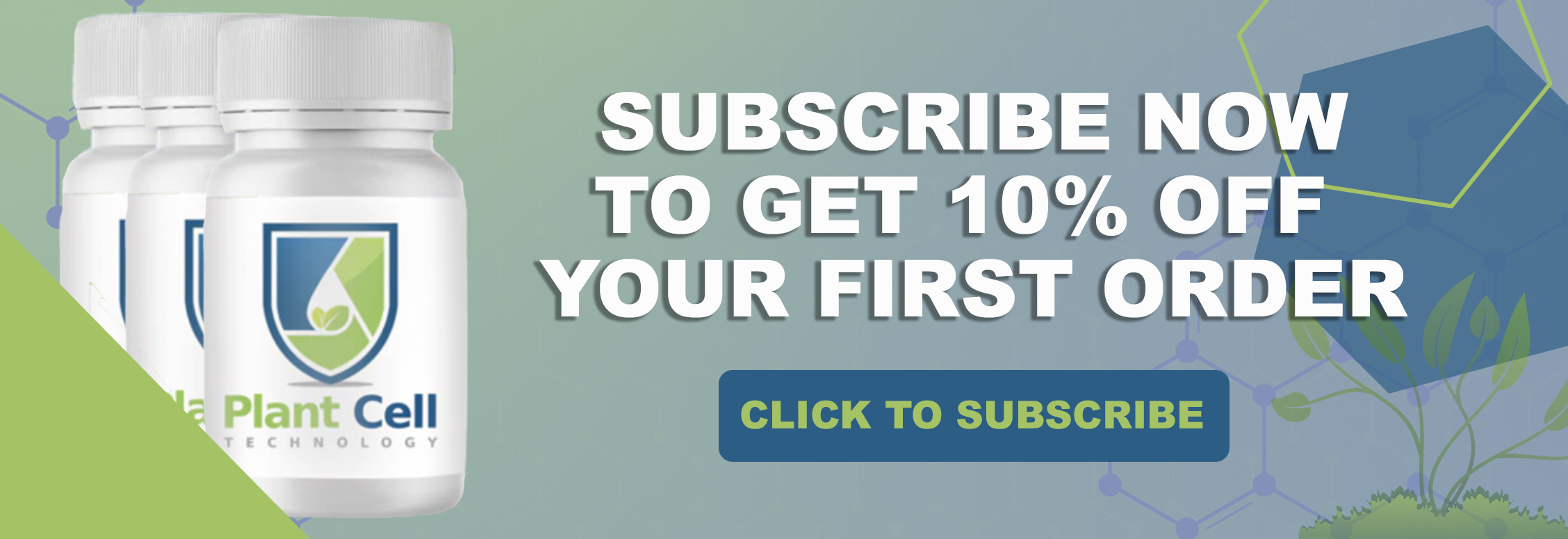
Large-Scale Tissue Culture: Methods and Applications


Introduction
Large-scale tissue culture, also called mass cultivation, is a process of growing the cell suspension at a volume higher than 1L (volume of shake flasks). The attempt to culture plant cells started in the 1960s, by using microbial fermenters or bioreactors. However, despite the similarities between the microbial and plant cell suspensions, there are some key differences which influence mass cultivation, including:
- The larger size of plant cells (diameter-20-40 µM and length-100 µM).
- Plant cells rarely occur as single cells.
- Plant cells have cellulose-based walls and large vacuole (which make cells sensitive to shearing).
- The metabolic rate of plant cells is slow and they have low oxygen demand.
These properties of the cell suspension culture lead to the following consequences:
- Mixing is as important as aeration.
- Mixing should be achieved under less shear condition.
- The bioreactor run will be long (10-30 days).
These consequences lead to the following problems:
- Strict observance of sterility is required.
- The number of experiments performed in a bioreactor will be limited because of the long run times.
- Cell aggregates can cause problems, like blocking of ports and formation of the non-homogenous sample.
Considering these problems, various bioreactors have been designed serving different purposes. This is explained in the next section.
Types of Bioreactors
The bioreactor is a system or device (vessel/bag/apparatus) that supports the biologically active environment. They are categorized into three groups based on their continuous phase:
- Liquid-phase bioreactors
- Gas-phase bioreactors
- Hybrid bioreactors
Bioreactors can also be categorized based on their usability and type of cell suspension culture:
- Re- and multi- usable bioreactors for plant cell suspension culture include: stirred reactors, bubble columns and airlift reactors, hollow fiber bioreactors, orbitally-shaken bioreactors, and bed bioreactor.
- Single-use and disposable bioreactors for plant cells and tissue cultures include: life-reactors (Osmotek), plastic-lined bioreactors, wave-mixed bioreactors, and protalix bioreactors.
- Re- and multi usable bioreactors for root culture include: mist reactors, low-cost mist bioreactors ( LCMBs), and Wilson bioreactors.
Method for cell suspension culture in an airlift bioreactor
In this section, the method of large-scale C. roseus cell suspension culture is discussed.
1. Inoculum
Sub-culture the C. roseus cultures every two weeks (15ml culture in 100 ml fresh medium, in a 250ml shake flask). Cover the flask with double aluminum foil, incubate at 25 ℃, and shake at 150 rpm in a gyro-rotatory shaker.
Normally, for 30L bioreactors, 100 ml of cells are cultured in the 1L medium of 2 L shake-flask (3 flasks with the same ratio of composition).
Figure: A schematic diagram of a 30 L Bioreactor. Source: DOI:10.1385/0-89603-161-6:477 |
2. Prepare the Bioreactor
This process involves the cleaning and assembling of the bioreactor. Check the various septa and O-rings for any wear and tear. Test the pressure of the vessel, insert a temperature probe and dissolved oxygen probe into the neck flange. Finally, fill the vessel with the medium.
3. Sterilize the Bioreactor
Sterilize the bioreactor by passing superheated water from a thermo-circulator (130 ℃) to raise the temperature of the bioreactor to 121 ℃. The temperature is maintained for 40 minutes and then turned down to 25 ℃.
The oxygen probe is connected to the controller and the bioreactor is incubated for 3 days to detect any contamination. The sterilized medium should be pale and yellow, however, any contamination can be observed by the cloudiness of the media.
4. Inoculate cells
Transfer the inoculating cells (3 L) to a flask of 5 L with a needle and a stainless steel cover. After mixing the 3 L inoculation, pre inoculation sampling is done. Once the cells are transferred, remove the needle and cover it with per sterilized end cap.
5. Sampling
Each day, take a reasonable size of the sample (250ml) and determine the dry weight, viability (using Evans blue, Trypan blue, or phenosaphranin), total carbohydrate (determined through anthrone reagent or HPLC analysis), product (serpentine and ajmalicine), and pH.
Some other parameters to be determined are the concentrations of phosphate, nitrate, and ammonia in the medium, cell number, and mitotic index.
6. Growth
Determine the growth rate of the cultures using a linear regression analysis of a log-linear plot. Calculate the doubling time using the equation, td = 0.693/ µm. The decrease dissolved oxygen level and an increase in the CO2 indicates the onset of growth.
7. Harvesting
Harvest the cells using low-speed centrifugation or filtering through Miracloth (only suitable for 5L). A nylon bag in an ordinary domestic spin dryer can also be used to harvest 30 L of cells.
Application of Large-scale culture in bioreactors
Large-scale cell suspension cultures have major application in industries to serve the following purposes:
- To extract bioactive secondary compounds in larger quantities. Some secondary products are used as phytomedicines and are involved in the treatment of several diseases such as diabetes, atherosclerosis, cancer, immune disorders, etc.
- To produce alkaloids, anticancer drugs (such as taxol, vinblastine, and vincristine), recombinant proteins (such as antibodies, enzymes, edible vaccines, growth factors, and cytokines), and food additives.
References
- Altaf Hussain, Iqbal Ahmed Qarshi, Hummera Nazir, and Ikram Ullah (October 17th, 2012). Plant Tissue Culture: Current Status and Opportunities, Recent Advances in Plant in vitro Culture, Annarita Leva and Laura M. R. Rinaldi, IntechOpen, DOI: 10.5772/50568.
- Scragg, A. H., & Fowler, M. W. (n.d.). Large-Scale Culture of Plant Cells. Plant Cell and Tissue Culture, 477–494. DOI:10.1385/0-89603-161-6:477
- https://www.biologydiscussion.com/plant-tissues/ce...
- http://diposit.ub.edu/dspace/bitstream/2445/99365/...
Blog Categories
View by Level
Popular Blogs

Can We Grow Wood in a Lab? The Future of Tissue Culture in Forestry
Introduction Wood has long been a cornerstone of human civilization—used for shelter, tools, paper, energy, and countless everyday items. However,...
Read More
The 5 Most Common Causes of Contamination in Tissue Culture Labs
Introduction Scaling up your tissue culture production is impossible if you’re constantly battling contamination. Contamination is one of the biggest...
Read MoreSubscribe to Our Newsletter








Join the conversation
Your email address will not be published. Required fields are marked